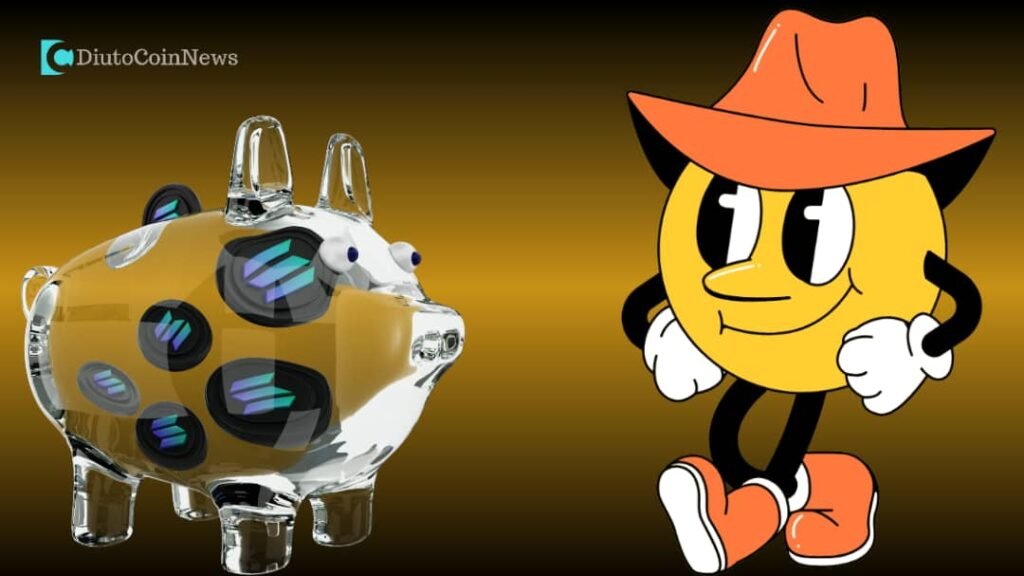Last updated on March 12th, 2022 at 01:26 am
Thank you for reading this post, don't forget to subscribe!
Spark Token and Flare Network
Flare Network is a distributed network developed to enable the creation of Turing-Complete smart contract on top XRP ledger using the Ethereum Blockchain network.
The Flare Network here acts as a bridge between XRP and Ethereum to integrate smart contracts for DApp development that will be interoperable with the XRP Ledger. The Flare network will only bring an on-chain functionality for smart contract development to Ripple Network. This also allows Ripple tokens (XRP) to be used with smart contract functionalities.
What is the Flare Network?
Flare Network is a distributed network that integrates the Ethereum Virtual Machine (EVM) to support blockchains without smart contract functionalities.
Quick Facts: The EVM converts smart contracts (lines of code that are stored on a blockchain of any network that executes automatically when the set terms and conditions are met) into instructions that computers can read. EVM enables the blockchain networks to run turing complete smart contracts. Turing-Complete here means that it can virtually execute any computational task, once there is enough memory to run the function.
The idea of Flare Network, is to scale smart contract network development by combining its own network properties and EVM capabilities for the creation of decentralized applications.
How Flare Network Protocol Works:
Flare uses a consensus protocol called Avalanche. This is similar to the Federated Byzantine Agreement (FBA). The FBA was pioneered by Ripple and used by Ripple but Stellar Blockchain was the first to create and implement it. A Federated Byzantine Agreement (FBA) is used for its high throughput, network scalability, and low transaction costs.
What is Federated Byzantine Agreement (FBA) and How Does it Work:
In a layman’s understanding, this is a type of consensus protocol that requires different node validators to agree on a transaction (tx) before it gets validated and included on the blockchain. Clients use a list of identified, trusted participants (nodes) to validate their transactions. This list is known as the Unique Node List (UNL).
The nodes also choose who (other nodes) they trust, and eventually quorums (minimum number of nodes required for a transaction to be agreed on) of nodes emerge from decisions made by the individuals nodes which eventually makes up the FBA network. A decentralized consensus mechanism preventing centralized control because anybody can set up a node and participate.
We have ‘quorum slices’ (nodes that agree on a tx to form quorum) also used on FBA, which are subsets of quorums that can convince specific nodes operating on the network to agree with them. After a quorum is formed, the block is validated and included on the blockchain.
Read Also: Differences and Similarities Between Binance Chain, Binance Smart Chain and Ethereum Network.
“The Flare Network consensus mechanism explained above is different from the economic mechanisms used by the Ethereum network. Ethereum 2.0 enables Proof of Stake (POS) making the network entirely dependent on validators who stake their ether tokens (ETH). Flare doesn’t require tokens to totally maintain security. Though Spark Tokens are used to prevent spam transactions, the network is highly secured with it’s consensus protocol.”

What is the Spark Token (FLR)?
Spark is the native token of the Flare Network. That is the same way Ether and XRP is native token of Ethereum network and Ripple Network respectively. Just like the functions of native network tokens, Spark prevents spam attacks that can cause congestion in transaction and delayed transaction on Flare Network.
In addition, the Spark Token can be used for the following functionality:
- As collateral within decentralized applications (DApps)
- For providing data to an on-chain oracle
- To participate in protocol governance
These three components is targeted at making the ecosystem of applications called Spark Dependent Applications (SDA), developed on Flare Network to rely on Spark Tokens as a collateral for initiating smart contract calls for DApps.
What is the FXRP token?
FXRP is a trustless representation of the XRP token on the Flare Network through FXRP System powered by Agents (collateral providers). These Agents deposit Spark Tokens to provide liquidity for XRP 1:1 swap for XRP holders who wants to use the Flare Network XRP. (FXRP). It can be created and redeemed by XRP holders through smart contracts.
These Agents (collateral providers) earn fees during the creation and redemption of FXRP. They ensure that 1:1 peg between XRP and FXRP for users is maintained. In a occasion whereby their is no available FXRP, the transaction/swap will be refunded together with the fee deducted.
These FXRP can be used to build smart contracts on Flare Network which can be interoperable with the XRP ledger network.
XRP Airdrop of Spark Tokens: Spark Token is the native token of the Flare Network. These tokens are to be airdropped to all XRP holders. This means that it has the same supply as XRP and will be available for claiming from Ripple token holders. Ripple tokens holders can claim their own portion of the XRP airdrop by either holding it on supporting exchanges or their own wallet.
What does it mean? It means that once you are holding XRP you can claim it by depositing on exchanges that will support the airdrop before the snapshot date. Others who have theirs sitting on custodial and non-custodial wallets can still claim theirs without having to deposit on any of the supporting exchanges.
Conclusion:
Flare Network is the first FBA smart contract enabled platform that doesn’t rely on tokens for full network security. It is a powerful tool that can be used to scale networks that don’t support smart contracts in a trustless manner.
Join @diutocoinnews on Telegram for questions and updates.























